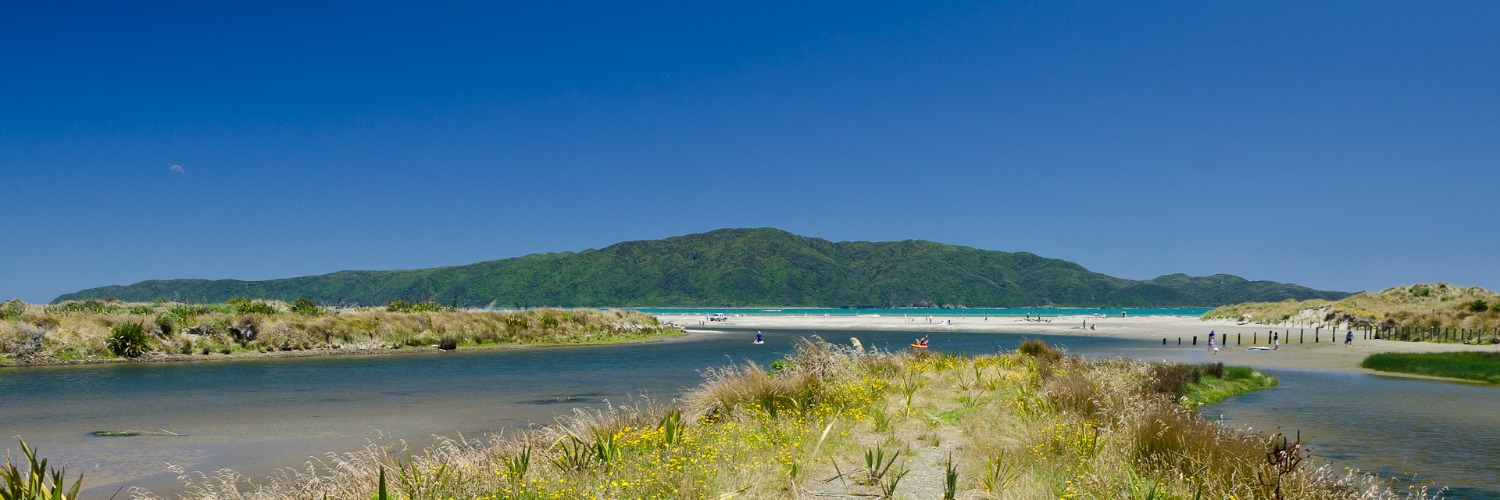Access rights and privileges
The Outdoor Access Code is relevant to both public and private land. It applies to all land access, whether over legal access ways, negotiated public access over private land, or access over private land by permission.
Legal public access to the outdoors is covered by many statutes. It is difficult to know exactly where there is public access or private land with no access. For example, a river may have sections where there is public access and other parts where there is no legal access. Tracks shown on maps, including the NZ Topographic Map 1:50,000 series, are not necessarily public.
Responsible behaviour in the outdoors includes being aware of the fragmented nature of public access and seeking permission to go onto fenced-off or private land.
Public land
If land is publicly owned that usually means it also has public access. Places with outdoor access include:
- Most national parks, reserves and other conservation lands
- Legal walkways
- Legal roads (including unformed legal roads). Adjoining landholders cannot obstruct access to unformed legal roads.
- Public access easements across private land
- Marginal strips along waterways under the Conservation Act
- Most beaches are public, but some foreshore is private
Private land
When land is privately owned, we need to respect private property rights. We must also ensure that the rights of the public are not unfairly impeded.
Access frequently relies on landholders’ goodwill in allowing people to cross their land. Herenga ā Nuku aims to reduce conflict by promoting good behaviour so land users and land managers can understand and respect each other.
Many people have not spent time on farms or in forests. They may not know how to respect farm livestock and rural property.
Because formal public access to and along lakes, rivers and the coast is fragmented, many people do not know when they need permission to cross private land to reach the water.
When asked, many land managers readily allow access. Landholders receive many benefits from allowing public access on their land, such as sharing their corner of Aotearoa with their community, providing spaces for recreation and wellbeing, and contributing to their community infrastructure. However, this access is a privilege, and landholders can refuse or apply conditions to access.
Landholders and managers need to recognise, that in places, there are public rights of access, such as unformed legal roads, esplanade reserves and marginal strips, even though these may not be fenced, and exact locations can be hard to determine.
Get permission
If land is fenced off or appears to be private and there are no signs indicating access, then ask for permission.
There may be valid reasons for land managers to deny access, such as lambing, tree felling or mustering. Accept refusals with good grace.
If you want to use a vehicle or take a dog or firearm, make this clear when seeking permission.
Crossing private land (Herenga ā Nuku)
View areas of legal public access (Herenga ā Nuku maps)
Refusing access
Generally, landholders can refuse access to their land, even if such access may have been traditional and the request seems reasonable. A reason does not have to be given. Some exceptions include where public access easements, rights of way, esplanade strips or access trips exist. In these instances, the land is owned privately, but there is legal provision for public access.
Landholders cannot block access to land that adjoins their land, such as unformed legal roads or marginal strips.
Landholders have the right to apply conditions to access, including charges. However, selling fishing rights for sports fish and hunting rights for game birds is prohibited. Before allowing access for recreation, most forestry companies in New Zealand require users to have public liability and firefighting insurance. Some national sports and recreation organisations carry such cover for their members. Most forestry companies also require recreational users to obtain an access permit to ensure the company has the user’s contact details and can provide information about fire risks, forestry operations and other hazards.
Land managers
If you have authority as a landowner or manager to grant access to land:
- Respond reasonably when people ask permission for access. Explain the reasons for any conditions.
- Respect people’s rights to public access, such as using unformed legal roads, marginal strips, public access easements, rights of way, access strips and esplanade strips.
- Unformed legal roads may be unsurfaced, unfenced and indistinguishable from surrounding land, but they still have the legal rights and obligations of formed roads.
- Advise visitors of out-of-the-ordinary hazards from farm or foresting activities, such as tree felling or blasting.
- Work with your local council and others to help manage access issues and safety.
- Respect sites of Māori cultural significance such as wāhi tapu. Work with mana whenua.
- Work with recreation groups and local authorities to help everyone behave with care.

